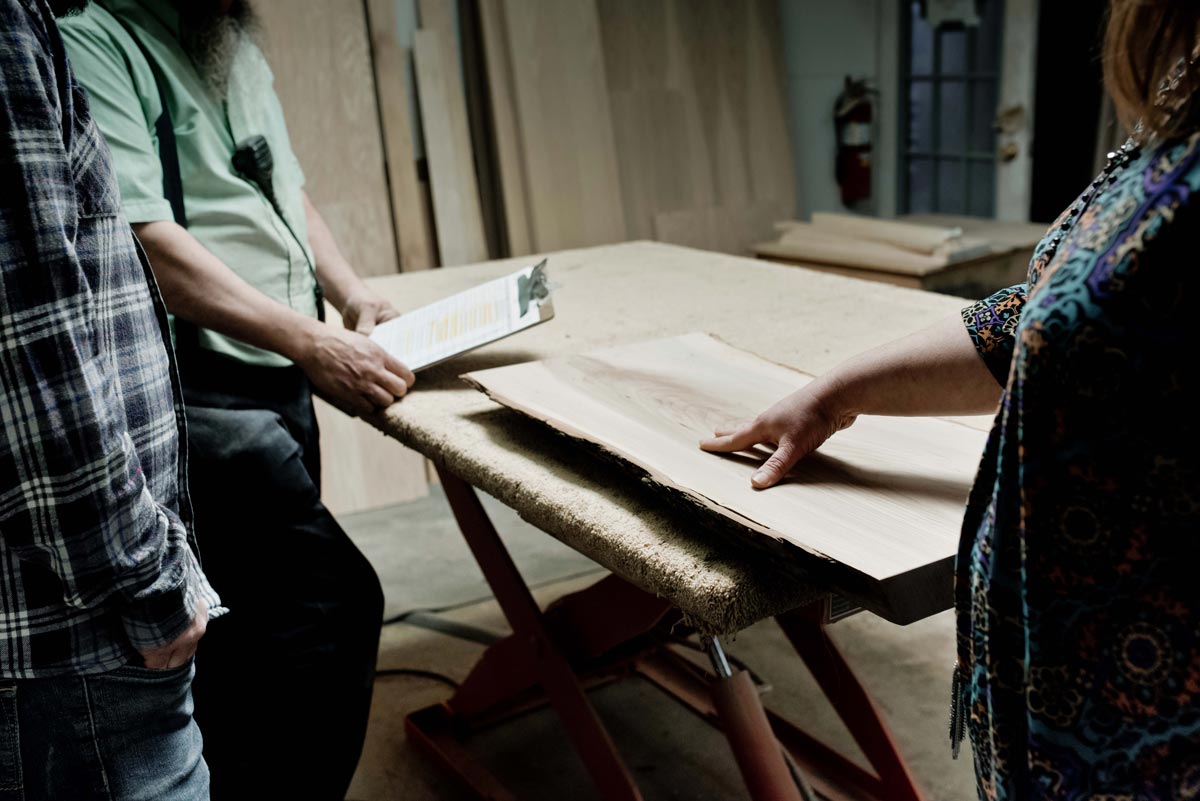Amish furniture, is it a style or statement of quality? Increasingly, Amish furniture makers are innovating and learning about more styles and methods of woodworking. However, certain key elements usually remain the same as the styles change with trends.
Each style of Amish furniture reflects the Amish lifestyle and values. The Amish are known for valuing tradition, integrity, and simplicity. Their furniture making, from start to finish, reflects these values.
Amish Furniture Isn’t Just One Style

Today, the Amish are best known for their solid wood furniture in traditional, Shaker, Mission, and rustic styles. Why those, you might wonder. This reflects their deep appreciation for time-honored classics. Even though they continue to innovate and branch into modern designs, the Amish appreciate the late 1800s and early 1900s styles. This includes features like the Victorian-era claw foot and the Mission style’s exposed joints. The Amish continue to build solid wood furniture in classic designs for a reason.
Why Are These Styles Prevalent?
Most of these styles showcase the beauty of the wood. Amish furniture shops are often smaller, and care is taken with each piece of furniture to select the cut of wood that best fits the design of the furniture. While some Amish furniture is painted, most is varnished to display the natural beauty of the wood.
Both the Shaker and Mission styles are great styles for highlighting wood grain patterns. Particularly the Mission style, which developed from the Arts and Crafts movement, reflects the Amish sensitivity to the individual beauty of each wood. It elevates the worker as a craftsman who carefully selects each piece of wood to bring together a marriage of wood and design.
The Amish were also drawn to Shaker designs because of their shared sensibilities. The 19th-century Shakers wished to design furniture with simplicity, honesty, and utility. These values are reflected in the clean lines, careful functionality, and thoughtful design.
Amish Furniture is Anything But Simple
While there isn’t one particular style of Amish furniture, most Amish furniture is made of solid wood, through and through. The lack of particleboard in Amish wood makes it a durable product, one worthy of being passed from generation to generation, from family member to family member. This respect for tradition and commitment to integrity makes their furniture worth the investment. And, of course, with hundreds of Amish furniture makers and thousands of employees, there’s endless room for innovation and creativity within their tradition.

